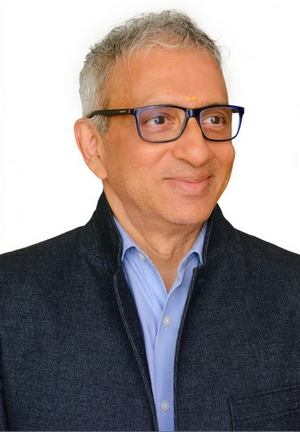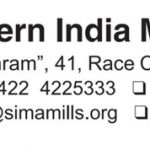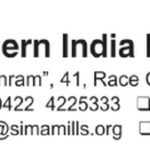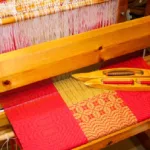Coimbatore
19.11.2021
The Indian textiles and clothing industry that employs over 105 million people, especially people below the poverty line and women folks had several issues on taxation front for several decades. For the first time in the history, entire textile value chain was brought under GST net without any exemption during July 2017 that ensured compliance and created a level playing field across the value chain. Though the Government brought the entire cotton textile value chain and job work services under 5% GST rate, the synthetic value chain had inverted duty structure issue as the fibre attracted 18%, yarn 12%, fabric 5% and garments below Rs.1000/- per piece at 5% and 12% for garments above Rs.1000/-. This resulted in huge accumulation of input tax due to inverted duty structure. The industry had been demanding the Government to bring the entire synthetic textile value chain also under 5% GST slab on par with cotton textile value chain, clothing being the most important basic needs of the people and a mass consumption item. Based on the recommendation made by the 45th GST Council meeting held on 17.9.2021, Ministry of Finance has issued a notification on 18.11.2021 by bringing all the textile goods under 12% GST rate, except cotton and cotton yarn that continue to attract 5% GST rate, with effect from 1st January 2022.

Ravi Sam, Chairman, SIMA
In a Press Release issued here today, Mr. Ravi Sam, Chairman, The Southern India Mills’ Association (SIMA) has thanked the Hon’ble Prime Minister, Hon’ble Minister of Finance and Hon’ble Minister of Textiles for addressing the long awaited GST inverted duty issue in the textile industry. Mr. Ravi Sam has stated that as the GST rate on MMF fibre has been reduced from 18% to 12%, it would reduce the cost of finished goods. He has said that the recently announced Production Linked Incentive Scheme for certain MMF fabrics, garments and technical textiles, extending the incentive ranging from 7% to 15% based on the incremental turnover for five years, the scheme warranted two pre-requisites viz., removal of anti-dumping duty on MMF raw materials and fibres and also addressing the inverted duty issues. SIMA Chairman has said that the Government has successfully fulfilled both the pre-requisites and hoped that the PLI scheme would become a success. He has added that though PLI scheme aims at creating 40 to 50 global champions in textile trade with higher scales of operations, the reform would greatly strengthen MMF value chain to become globally competitive. Mr. Ravi Sam has stated that globally, the consumption of cotton and MMF fibre is in the ratio of 35:65 while the same is reverse in India, as the MMF raw materials and fibres were expensive due to anti-dumping duties and inverted duty issues. He has added that MMF would become the growth engine in the coming years for the growth of the textile industry in India.
Mr. Ravi Sam has stated that retaining 5% GST rate for cotton and cotton yarn would greatly benefit the cotton farmers. He also thanked the Government for addressing the inverted duty structure for dyeing and printing of textile and textile products job work by increasing the rate from 5% to 12%. He has said that this would greatly benefit the textile processing segment, the weakest link in the entire textile value chain and job work services account over 80% of the textile manufacturing activities.
SIMA Chief has stated that 12% GST on all garments and fabrics would increase the cost for common man, especially the people below the poverty line and felt that cotton fabrics and garments below Rs.1000/- could have been retained at 5% GST rate. He has also stated that the increase in GST rates at fabric and garment stage would increase the working capital burden for the fabric and garment manufacturers.





